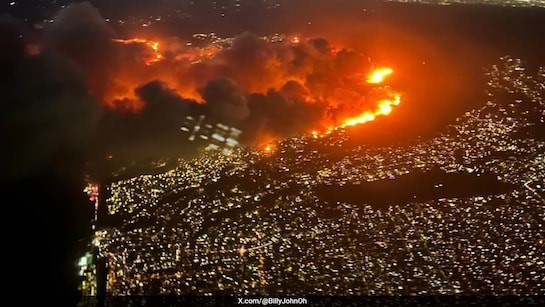After nearly 14 years of civil war, Syria stands at a crossroads, preparing for an uncertain future following the dramatic end of Bashar al-Assad’s 24-year rule.
As the dust settles, political restructuring has begun, with Hayat Tahrir al-Sham (HTS), Syria’s largest insurgent group, calling for unity and order. HTS leader Abu Mohammed al-Golani (Ahmed al-Sharaa) urged fighters to lay down their arms and return to their bases, emphasizing the importance of maintaining security and preventing chaos. “We will not accept or allow the chaos of arms appearing or firing on the streets,” he declared.
As per the sources of Leaders, to manage the transition, HTS has appointed former Prime Minister Mohammed Ghazi al-Jalali as interim overseer of state institutions. Al-Jalali has promised fairness, safety, and a commitment to free elections, though the timeline for his role remains unclear.
Curfews and Consolidation
On the first day of post-Assad rule, Damascus experienced a 13-hour curfew, imposed by Syrian rebels to consolidate control over the capital. Streets that had been filled with celebrations just hours earlier were eerily deserted as shops and businesses closed their doors.

Regional Dynamics and Israeli Maneuvers
The rebel takeover has also shifted regional dynamics. Israel moved swiftly to occupy the buffer zone in the Golan Heights, citing security concerns. Prime Minister Benjamin Netanyahu claimed the decades-old ceasefire agreement in the region had collapsed. The move drew condemnation from the Arab League, which accused Israel of exploiting Syria’s turmoil.
Meanwhile, reports emerged of Israeli airstrikes on multiple targets in Syria, allegedly targeting military installations. While the Israeli army has not commented, the strikes underscore the fragility of the post-Assad landscape.
A Lightning Offensive
Assad’s government collapsed after a swift 12-day rebel campaign, spearheaded by HTS and a coalition of groups including the Turkish-backed Syrian National Army. The offensive began on November 27, rapidly reclaiming Aleppo, Hama, Homs, and eventually Damascus.
As Assad’s forces retreated, the president fled the capital. Russian state media later confirmed that Assad and his family had arrived in Moscow, where they were granted asylum.
Why Now?
According to the sources of Leaders, the timing of the rebellion was strategic. Russia, a long-time ally of Assad, has been preoccupied with its ongoing war in Ukraine, draining its military and financial resources. Similarly, Iran has been deeply involved in conflicts with Israel through its proxies Hamas and Hezbollah, leaving Assad isolated.
A Nation in Ruins
Syria’s civil war, which began as part of the Arab Spring protests in 2011, has left the country devastated:
- Over 14 million people displaced, creating the world’s largest refugee crisis.
- 5.5 million refugees in neighboring countries, with 850,000 in Germany alone.
- 7.2 million internally displaced within Syria.
- 90% of the population living below the poverty line.
- 70% in urgent need of humanitarian aid.
What Lies Ahead
With Assad gone, Syria faces the monumental task of rebuilding and healing from years of war. While the transitional government offers hope, the road ahead will require unity, resilience, and unwavering commitment to peace and democracy.









